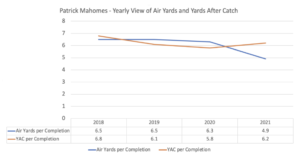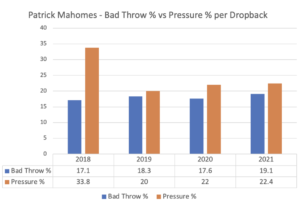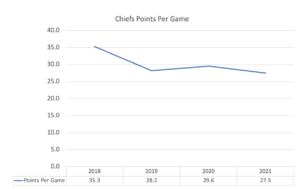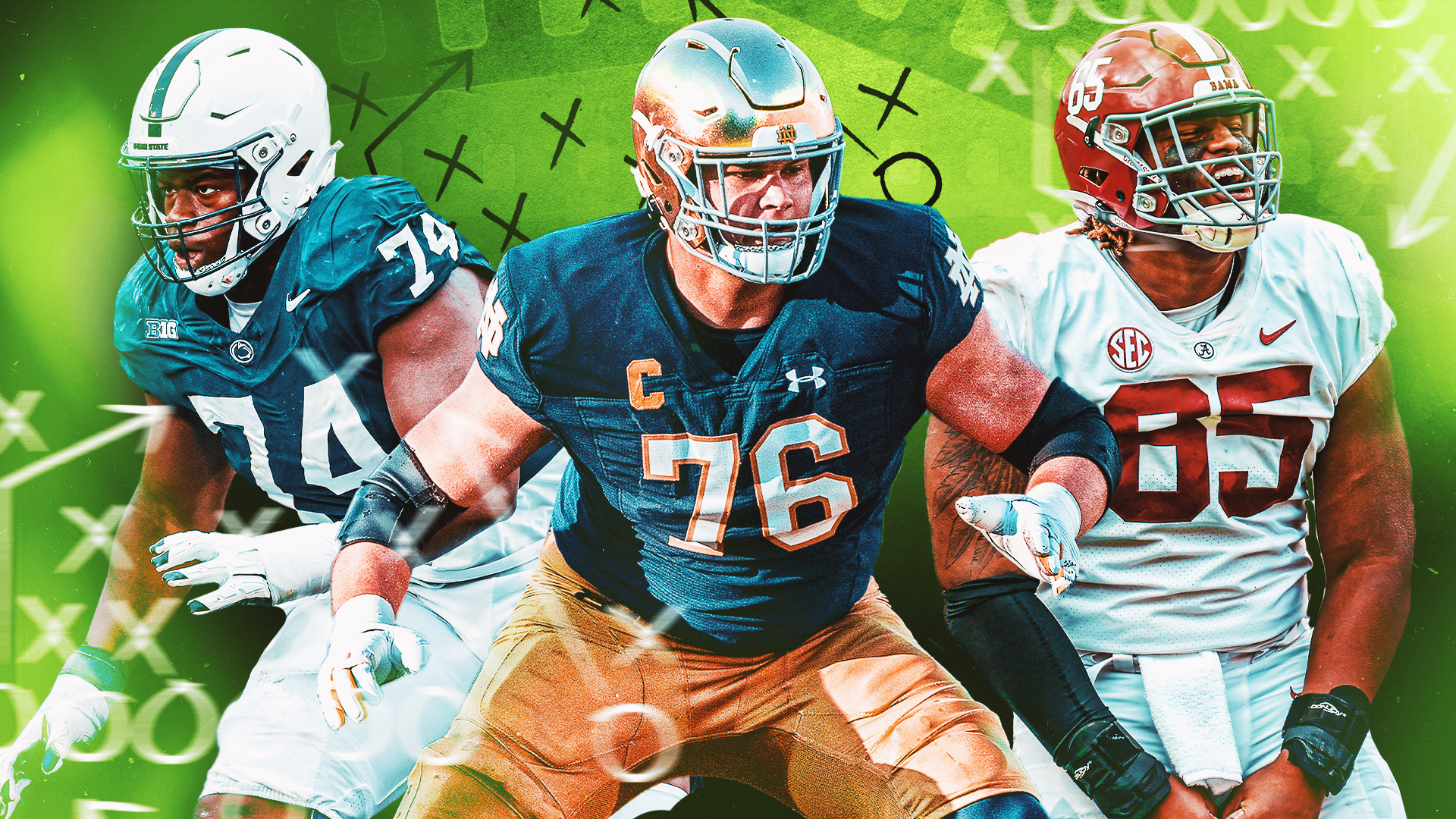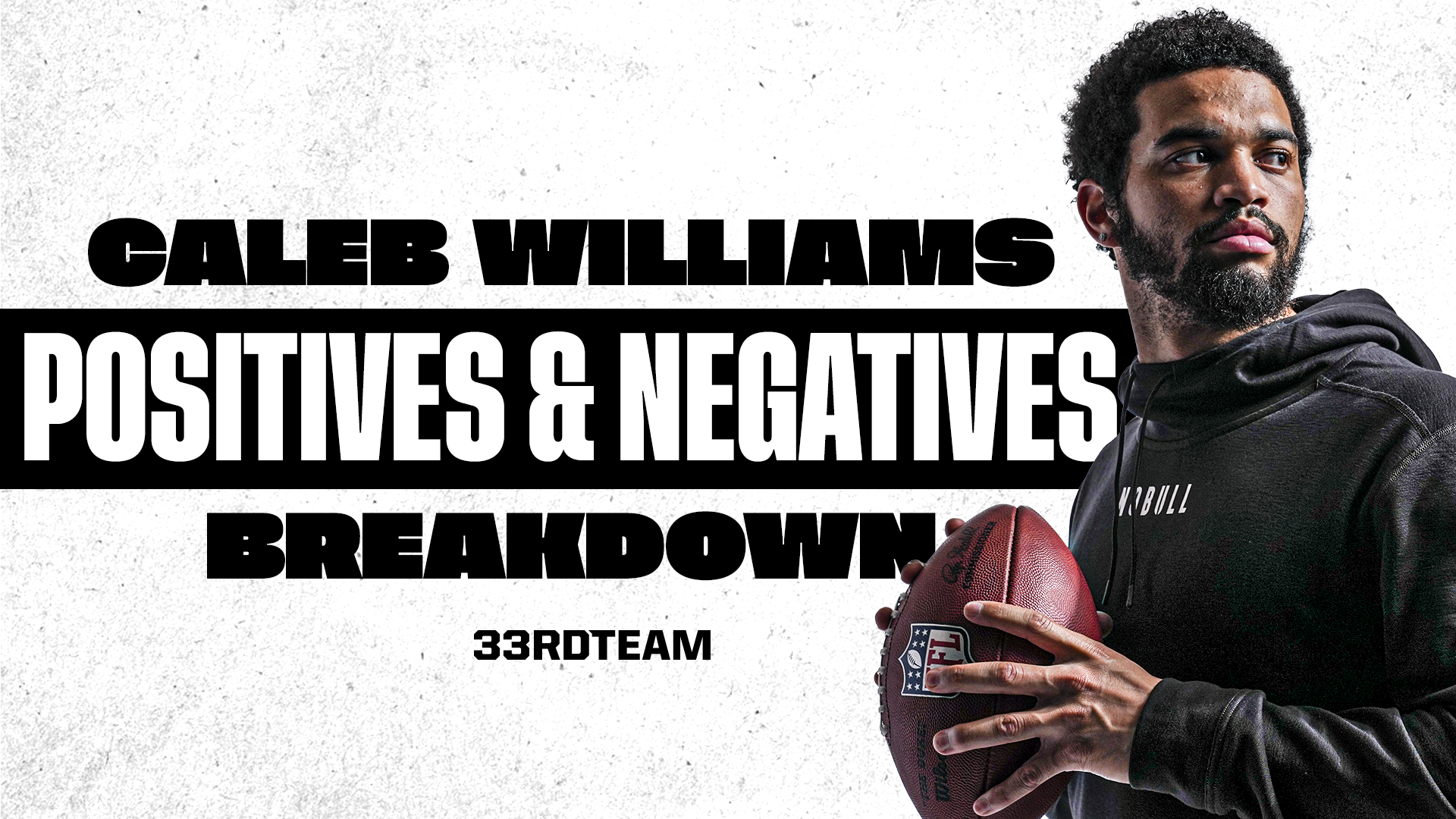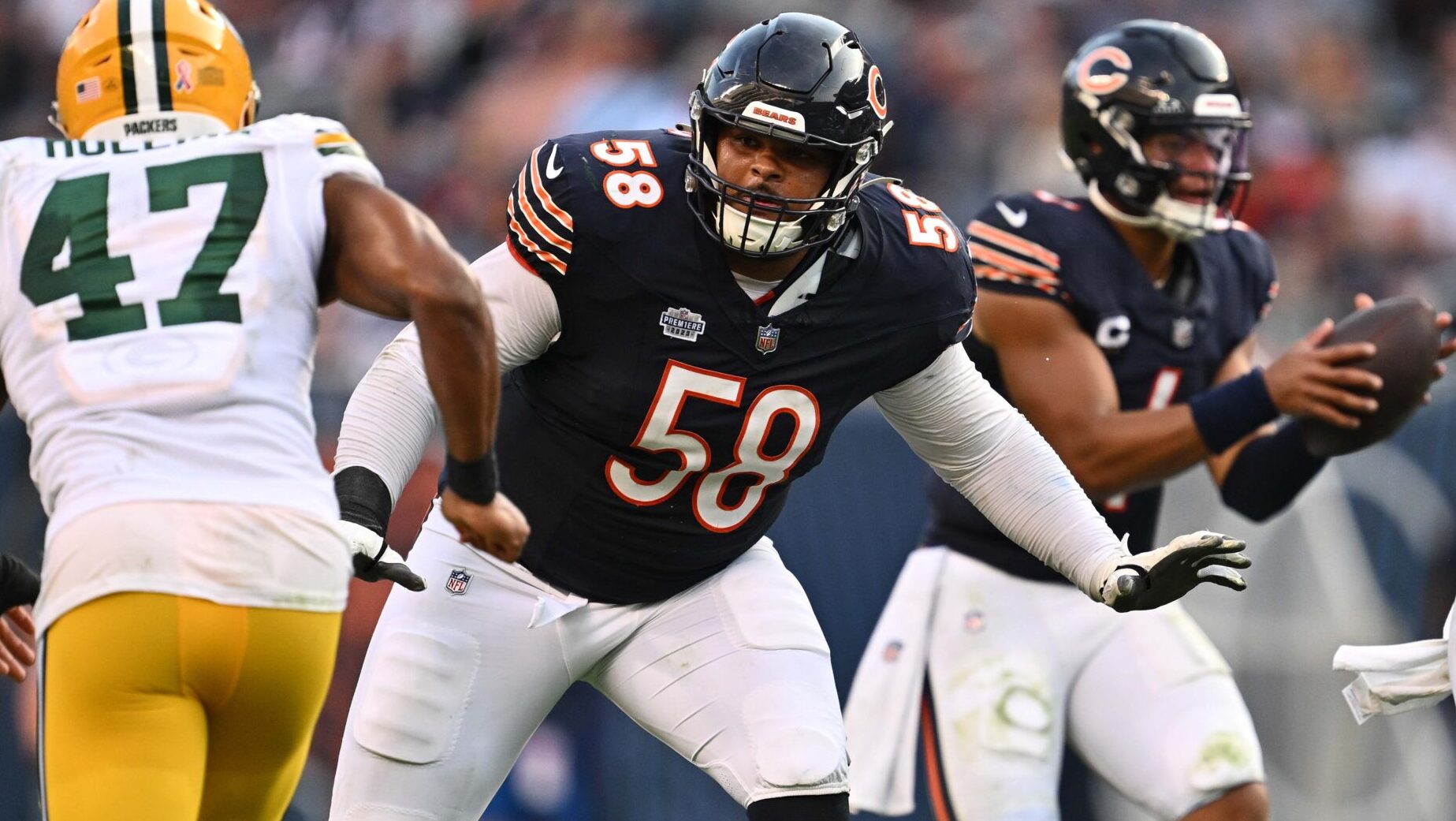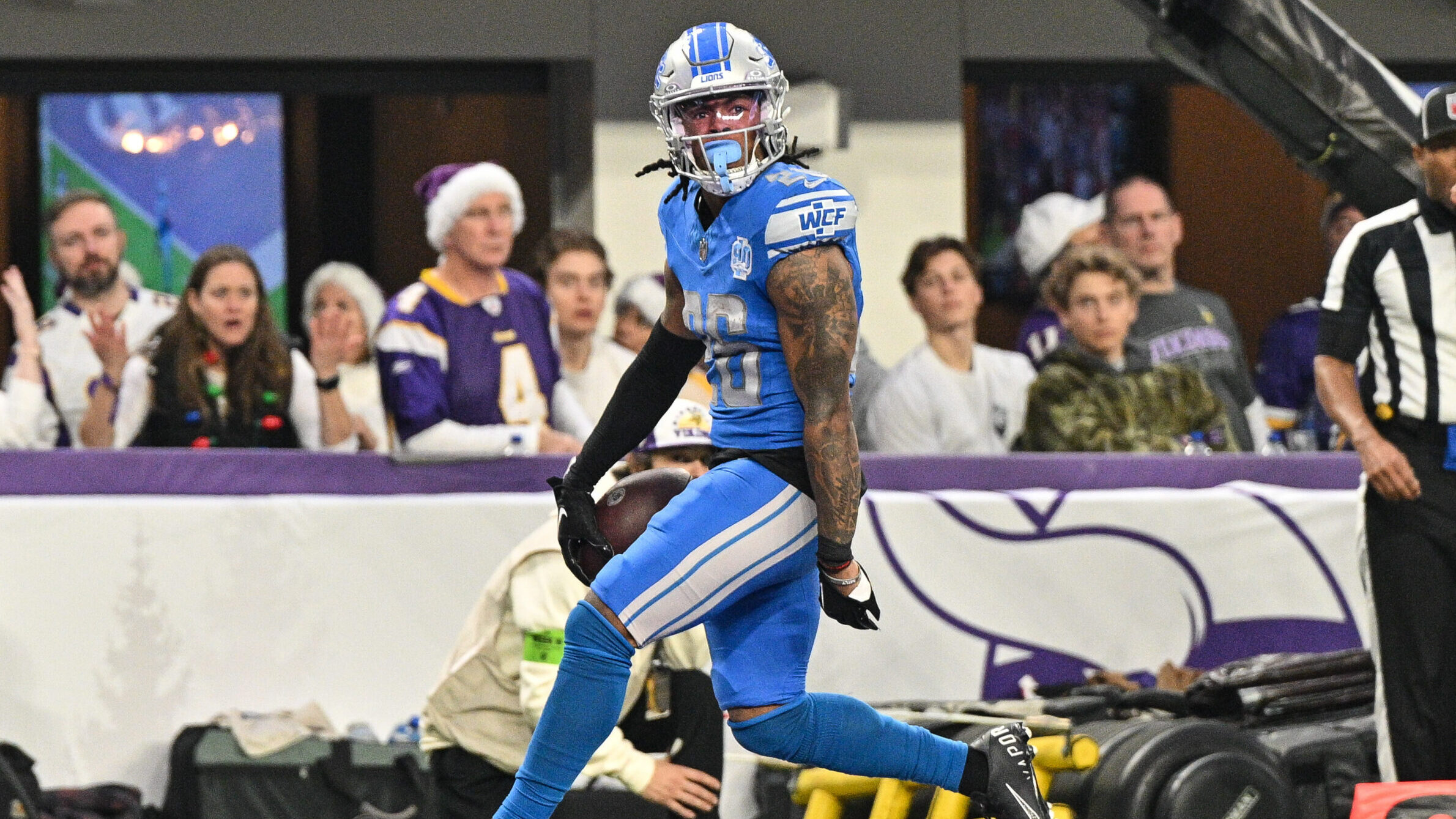Analysis
12/17/21
10 min read
The Urgency Meter: Analyzing the Chargers 4th Down Decisions from Thursday Night Football
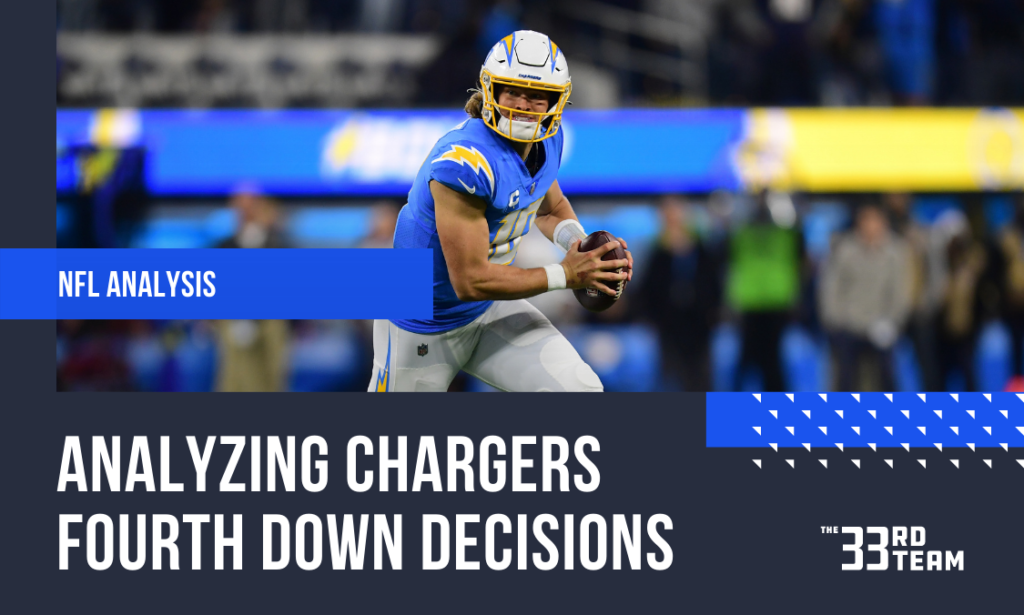
Thursday night offered an excellent prime-time match-up between two of the strongest teams in the AFC with two of the best quarterbacks in the NFL going head to head. With first place in the AFC West up for grabs in Los Angeles, all was to play for.
A general theme has emerged over the past couple of years when facing the Kansas City Chiefs on 4th down and that is “You need to score touchdowns to win these games, field goals aren’t enough”.
The following metrics suggest the Chiefs offense has indeed stuttered this season compared to previous years:
The Chiefs yards after completion per completed catch has declined over recent years most likely due to teams adjusting to the initial explosiveness of their offense.
Patrick Mahomes' bad throw percentage used to range from 17.1% - 18.3% but his current figure for the season is 19.1%. This figure is contrasted to the percentage of dropbacks he faces pressure on. Pressure in this instance is defined as the point at which the pocket collapses. The pressure percentage, in this case, is pretty consistent with previous years suggesting that the new offensive line is not to blame for Mahomes’ increased errant throw percentage.
That being said the single best metric to judge how good an offense is by the old-fashioned points per game. Winning is all that matters right?
When viewing points per game, the Chiefs actually aren’t too far off the previous season's totals:
Excluding Mahomes’ first starting season in 2018, the points per game total have been more consistent than expected with only a 0.7 decline from their title-winning season in 2019.
So all of this data is to help us get in the mind of Brandon Staley and their strategy to go for it almost irrespective of the situation. The Chargers possibly believed that they would need to exceed 28 points to win the game and that field goals would not be enough to get them there. The Chargers had a staggering five fourth-down decisions on Thursday night that were not obvious punting situations showing a clear strategic commitment to going for it. Did they make the right calls?
Decision Number One
The first decision came off the back of an excellent kick-off return by Andre Roberts. The Chargers started their first possession in Chiefs territory before the drive stalled on the Chiefs' five-yard line for a fourth and goal. The Chargers elected to go for it perhaps trying to make a statement early on that they were committed to scoring touchdowns over field goals.
What did the numbers say?
- Probability of First Down: 33.63 %
- FG Distance: 22
- Average Expected Points from Drive: 2.35
- Average Expected Points if Kick: 2.95
- Average Expected Points for Opposition on Current Drive: 1.98
- Average Expected Differential: -6.18
- Average Expected Points Rest of Game Home: 23.25
- Average Expected Points Rest of Game Opposition: 29.8
Urgency Meter Score: 0.65
The probability of the first down and hence a touchdown, in this case, was 33.63% based on the down and distance conversions from 2018 to the most recent week in 2021. So the Chargers could expect to score a touchdown one in every three times this exact situation occurs. Not impossible, but also not too likely either.
The expected points from a kick in this instance are just underneath three as it is almost a gimme chip shot at twenty-two yards. If this play was the only play that mattered in the game, the expected points of going for is 2.35 points (probability of first down multiplied by the points reward) versus 2.95 points for the kick. The optimal decision, in that case, would be to take the points.
However, the Urgency Meter models the rest of the game given the time remaining and the opposition's expected points totals. Here, the model is predicting the Chargers to lose by 6 points on average and hence feels that with an Urgency Meter Score of 0.65, the Chargers were in fact correct to go for it.
What Actually Happened?
The Chargers did not complete the fourth down leading to a turnover on downs. The Chiefs went the length of the field to score a touchdown themselves.
Decision Number Two
With the game tightly poised at 10-7 Chiefs lead, the Chargers were once again driving into enemy territory before having to decide on a fourth and one at the Chiefs thirty-three-yard line. The data suggested the following:
- Probability of First Down: 47.55 %
- FG Distance: 50
- Average Expected Points from Drive: 2.19
- Average Expected Points if Kick: 2.25
- Average Expected Points for Opposition on Current Drive: 2.06
- Average Expected Differential: -9.78
- Average Expected Points Rest of Game Home: 13.95
- Average Expected Points Rest of Game Opposition: 20.86
Urgency Meter Score: 0.73
The probability of the first down in this instance is 47.55% suggesting that on average they will get the first down a little less than one in every two attempts. The opposition's average expected points from the current drive is 2.06, less than a field goal and so should they fail, the Chiefs would still have to work hard to get some points.
Once again, the model simulates the rest of the game, and given the current situation at this moment in time, it now expects the Chargers to lose by just under ten points on average. This leads to an Urgency Meter Score of 0.73 stating that once again the Chargers were in fact correct.
What Actually Happened?
The Chargers were successful on this attempt running a quarterback sneak before proceeding to score a touchdown on the drive.
Decision Number Three
Now leading by four points, the Chargers had an opportunity to extend the lead right before halftime thanks to a Joey Bosa strip sack, his sixth of the season. Justin Herbert drove the offense to the one-yard line before another third down stop led to the choice of a chip shot, versus going for it with three seconds left. No prizes for guessing what the Chargers chose, but were they in line with the data suggestion?
- Probability of First Down: 47.55 %
- FG Distance: 18.5
- Average Expected Points from Drive: 2.56
- Average Expected Points if Kick: 2.99
- Average Expected Points for Opposition on Current Drive: 0.01
- Average Expected Differential: -1.25
- Average Expected Points Rest of Game Home: 11.62
- Average Expected Points Rest of Game Opposition: 17.88
Urgency Meter Score: 0.53
An Urgency Meter Score of 0.53 represents a decision that is incredibly close to the threshold of 0.5 which is where the model changes its suggestion from not going for it (UMS < 0.5) to going for it (UMS > 0.5). So in this instance, the model yet again agrees with the Chargers decision to go for it but this one was far closer.
The model is now expecting LA to only lose by 1.25 points given the time remaining and their current lead of four points. Although this seemed like a huge decision to make at that moment, the model being close to the threshold actually means Brandon Staley had a free hit here to decide what he wanted to do free of analytics leaning heavily one way or another.
What Actually Happened?
Herbert’s throw was batted down leading to zero more points secured and halftime.
Decision Number Four
With just under eight minutes remaining in the third quarter, the Chargers now had a lead of one point before again driving to the opposition's twenty-eight-yard line before needing two yards to secure the first down.
- Probability of First Down: 40.98 %
- FG Distance: 45
- Average Expected Points from Drive: 2.01
- Average Expected Points if Kick: 2.3
- Average Expected Points for Opposition on Current Drive: 2.06
- Average Expected Differential: -1.67
- Average Expected Points Rest of Game Home: 9.3
- Average Expected Points Rest of Game Opposition: 11.92
Urgency Meter Score: 0.54
The fourth 4th down decision the Chargers made represented a very similar situation to the third decision with the only major differentiators being the distance of the field goal and the lead cut to just one point.
The model clearly likes the Chiefs offense and their potential to score as it consistently expects the Chiefs to outscore the Chargers in the remaining possessions. If we think back to the original charts above that graphed the Chiefs offense over the last four years (the data the model is built on) it shows that there isn’t too much of a drop-off in their offense and that they should still be expected to score.
With the Chargers now expected to lose by 1.67 points on average, the Urgency Meter Score of 0.54 suggests again to go for it, but with it being close to the 0.5 threshold, it would have been ok with the Chargers electing for a field goal as well.
What Actually Happened?
Herbert had an incomplete pass leading to another turnover on downs. The Chiefs then drove to the Chargers one-yard line before turning it over on downs themselves.
Decision Number Five
There were no points scored by either team between decisions number four and five and so the Chargers still had their one-point lead. They drove again to the Cheifs eleven-yard line where they had to decide between a twenty-eight-yard field goal and going for it with one yard to the first down.
- Probability of First Down: 47.55 %
- FG Distance: 28
- Average Expected Points from Drive: 2.56
- Average Expected Points if Kick: 2.76
- Average Expected Points for Opposition on Current Drive: 1.56
- Average Expected Differential: -2.29
- Average Expected Points Rest of Game Home: 4.65
- Average Expected Points Rest of Game Opposition: 8.94
Urgency Meter Score: 0.56
More of the same again here where the model still predicts the Chargers will lose by 2.29 points on average should they secure the field goal. Hence, the Chargers were once again correct in going for it with an Urgency Score of 0.56.
What Actually Happened?
The Chargers ran for the first down before proceeding to turn the ball over with a goal-line jump. Kansas City then got picked off just outside the end zone leading to a Chargers touchdown. This result represented a case whereby it can be the right thing to go for it so close to the end zone because the opposition will have a tough time of getting out, leading to a strong chance of good field position the next time you get the ball back.
Lessons Learned
The Chargers went for it an incredible five times on Thursday evening in a game they eventually tied in regular time and lost in overtime. They were only successful on two of those attempts and the naysayers will suggest that this decision-making is the reason they lost this game.
While it may be little consolation, the Chargers were successful in their decision-making five out of five times according to the Urgency Meter Score. The model suggested that they in fact gave a clinic in the decision-making process on fourth down, especially when playing the Kansas City Chiefs.
The Chiefs went on to win by six points in overtime with a walk-off touchdown. The model predicted the Chiefs to win by six points in decision number one when the game was scoreless. It is hard to argue against the Chargers' decision-making process and should they stick to that process, more often than not it will pay off.

